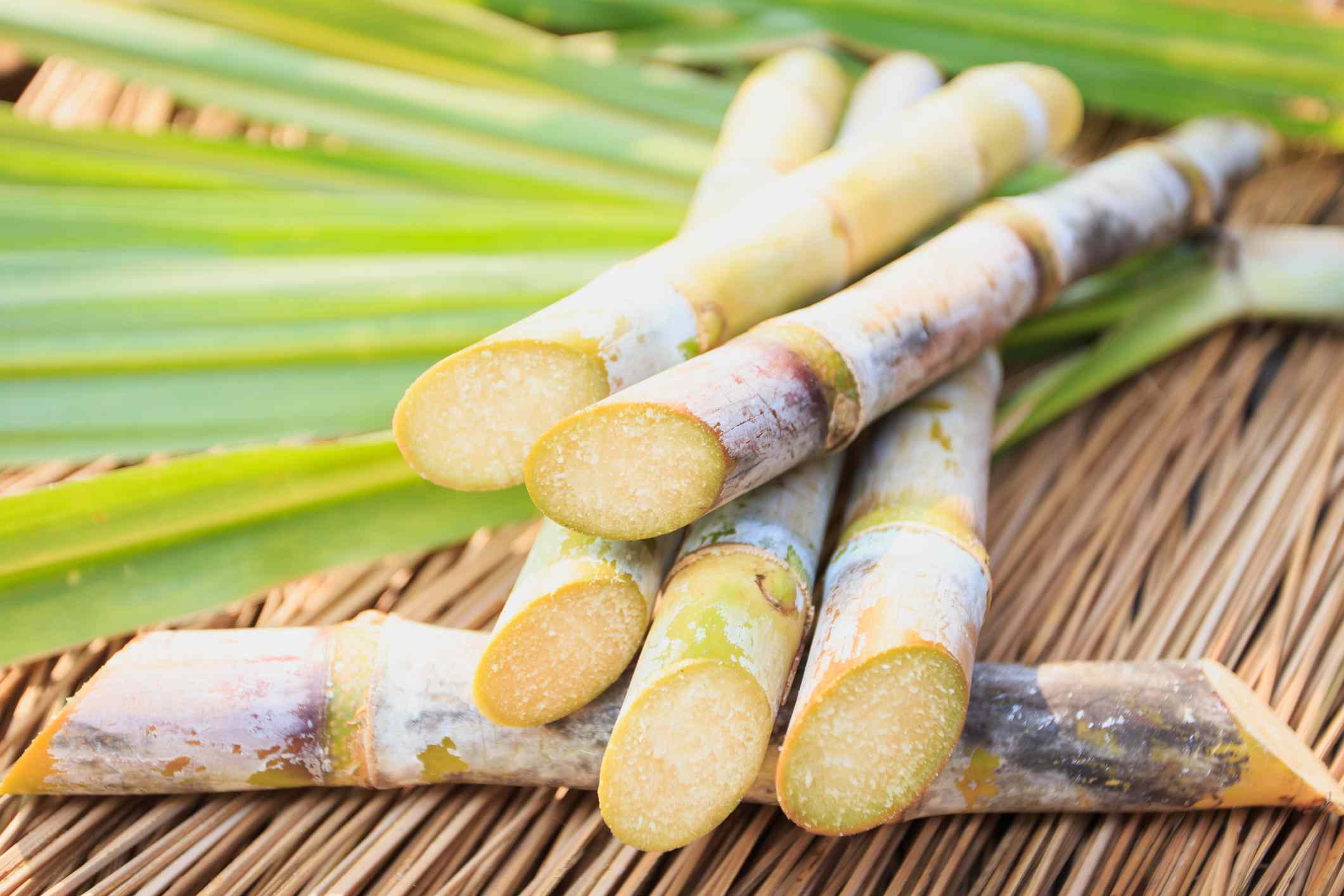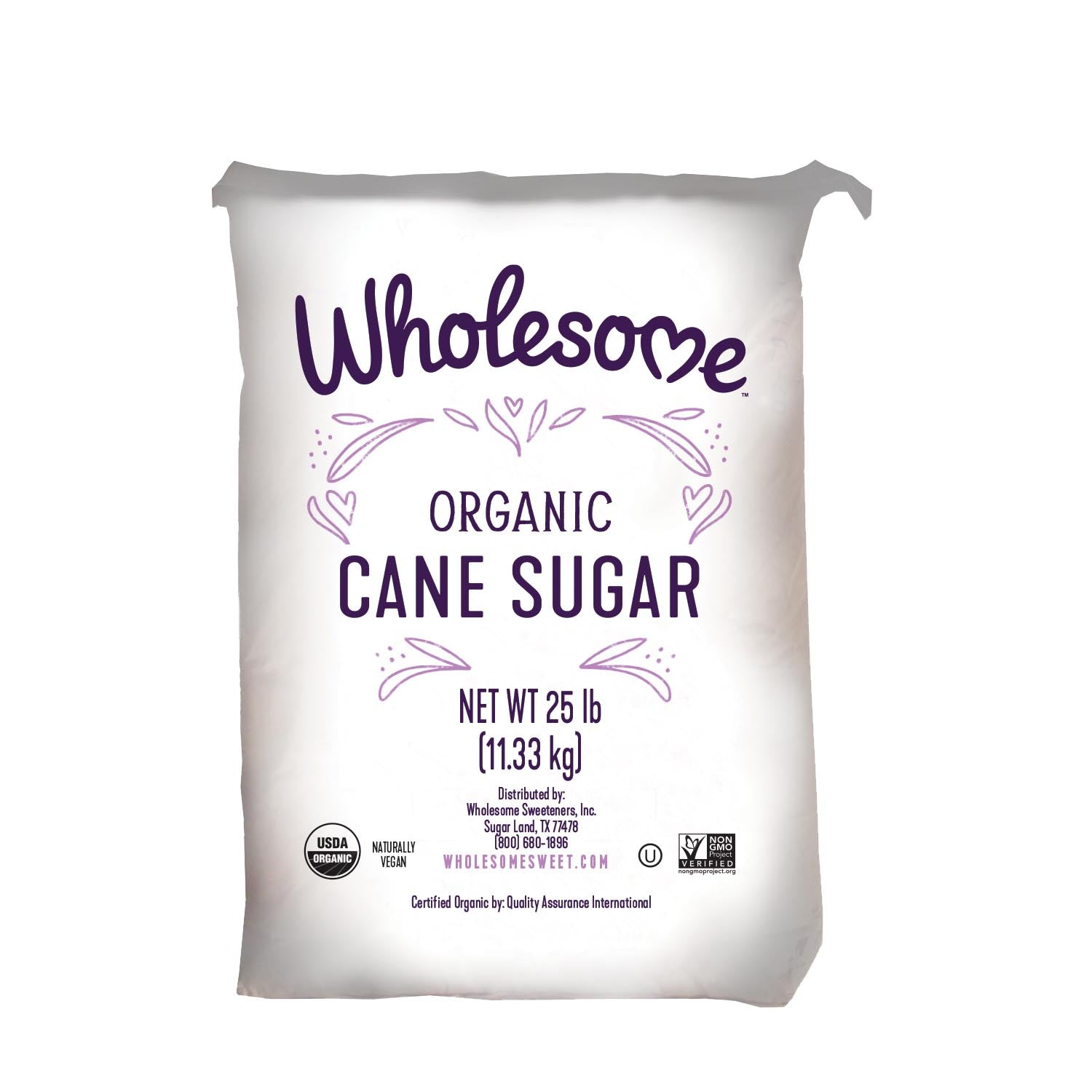Cane Sugar Processing: From Area to Table-- A Step-by-Step Overview
Cane Sugar Processing: From Area to Table-- A Step-by-Step Overview
Blog Article
A Thorough Guide to the Ecological Effect and Sustainability Practices in Walking Stick Sugar Handling
The environmental influence of walking stick sugar handling provides a complex array of obstacles that warrant mindful evaluation. From soil destruction and excessive water usage to the carbon impact connected with growing and production, the consequences of standard techniques are far-reaching. What certain practices can be executed to strike an equilibrium in between productivity and environmental stewardship?
Review of Walking Cane Sugar Processing
Walking stick sugar handling includes a series of organized actions that transform sugarcane right into refined sugar. Originally, harvested sugarcane is carried to refining facilities, where it undertakes cleaning to get rid of soil and debris. Following this, the cane is crushed to extract juice, which is after that clarified by eliminating contaminations with heating and the enhancement of lime.
The clarified juice undergoes dissipation, where water is gotten rid of to focus the sugar content. This focused syrup is then crystallized via cooling, allowing sugar crystals to form. These crystals are divided from the remaining syrup using centrifugation, resulting in raw sugar. To attain refined sugar, the raw product undergoes more filtration procedures, which may include cleaning and filtering to get rid of continuing to be impurities and shade.
The end product is then dried out and packaged for circulation. Throughout this entire procedure, keeping efficiency and quality assurance is vital to make sure the sugar meets industry criteria. Each action in cane sugar processing not only contributes to the last item however additionally has effects for resource use and waste generation, setting the stage for discussions on sustainability and environmental effects related to sugar production.
Ecological Difficulties of Production
The production of walking stick sugar offers several considerable ecological difficulties that warrant interest. One key worry is the considerable usage of agrochemicals, consisting of chemicals and plant foods, which can result in dirt degradation, biodiversity loss, and contamination of neighborhood water sources. The drainage from sugarcane areas typically brings these chemicals right into close-by ecosystems, interrupting marine life and impacting the health of communities reliant on these water bodies.
Another challenge is the high power consumption related to sugarcane handling. The boiling and refining phases need substantial warmth, mostly created by burning nonrenewable fuel sources, adding to greenhouse gas exhausts. Additionally, the large land location required for sugarcane cultivation can lead to logging and environment devastation, additional intensifying environment adjustment and harmful wild animals.
Additionally, the labor methods in some areas elevate honest problems, as workers might encounter bad working problems and inadequate salaries. This circumstance typically bolsters a cycle of hardship in local neighborhoods. Cane Sugar Processing. Addressing these ecological challenges is crucial for creating extra sustainable practices in walking stick sugar production, eventually benefiting both the atmosphere and the communities associated with this sector
Water and Land Usage Influence
Water sources and land usage are critical components in the cane sugar sector that dramatically affect the setting. The cultivation of sugarcane requires significant water input, with quotes recommending that it can take in up to 2,000 litres of water per kilo of sugar created. This extensive use water usually results in depletion of neighborhood water resources, impacting not just the sugarcane haciendas yet likewise bordering ecological communities and neighborhoods that count on the same water resources for farming and residential usage.

Furthermore, land usage for sugarcane cultivation can result in logging and the conversion of all-natural environments into monoculture ranches. This method decreases biodiversity, interferes with local environments, and adds to soil degradation. The expansion of sugarcane fields often elbows in on useful agricultural land, creating competitors for resources in between food and biofuel manufacturing.
Lasting practices, such as enhancing watering methods and executing plant turning, are important to alleviate these effects. By taking on extra efficient water use and land administration strategies, the cane sugar market can minimize its eco-friendly footprint, ensuring an equilibrium between agricultural productivity and environmental conservation.
Greenhouse Gas Emissions
Greenhouse gas discharges stand for a considerable environmental issue within the walking stick sugar handling industry, particularly as farming practices broaden to fulfill international demand. The farming of sugarcane, a plant that thrives in exotic environments, counts greatly on synthetic plant foods and chemicals, which add to nitrous oxide emissions. Furthermore, land-use adjustments, consisting of logging for new sugarcane ranches, release carbon dioxide stored in additional resources plants and dirt.
During handling, energy usage is one more major resource of greenhouse gas discharges - Cane look at this now Sugar Processing. Numerous sugar mills make use of nonrenewable fuel sources to power machinery and produce heat, causing substantial carbon footprints. In addition, the transport of raw sugarcane and finished products adds layers of emissions via fuel burning in cars
The advancing impact of these emissions worsens environment adjustment, positioning risks not only to the environment yet also to the long-lasting viability of the market. Stakeholders should acknowledge the urgent requirement for comprehensive approaches that address these exhausts. This involves evaluating existing agricultural techniques, processing approaches, and transport systems to recognize locations for enhancement and reduction. Dealing with greenhouse gas exhausts is essential for fostering a much more lasting walking cane sugar market in a transforming climate.

Sustainable Practices and Innovations
Sustainable methods and developments are progressively crucial in the walking stick sugar processing sector as stakeholders seek to decrease environmental influences while preserving performance. One significant improvement is the execution of integrated crop monitoring, which optimizes source use by integrating dirt administration, parasite control, and plant turning strategies. This technique improves return while decreasing chemical inputs and preserving dirt health.
Additionally, the adoption of renewable resource sources, such as biomass from sugarcane deposits, has actually obtained grip - Cane Sugar Processing. By transforming waste products into power, processing centers can decrease their reliance on fossil gas, thereby reducing greenhouse gas emissions
Water monitoring methods have likewise seen enhancements via the recycling and reusing of water in processing plants, dramatically reducing freshwater usage. Technologies in modern technology, such as accuracy agriculture, enable farmers to keep an eye on crop health and source use much more successfully, making sure sustainable growing techniques.
Moreover, accreditation programs like Fair Trade and Rainforest Alliance encourage environmentally accountable farming practices and promote social equity within the supply chain. By welcoming these sustainable methods and advancements, the cane sugar handling market can improve its durability and contribute positively to ecological stewardship.
Verdict
The environmental influence of walking cane sugar processing presents significant difficulties, consisting of dirt degradation, high water you can check here usage, and greenhouse gas discharges, together with ethical worries associated with labor techniques. Addressing these issues with sustainable techniques, such as integrated plant monitoring, sustainable power adoption, and water recycling, is important. By promoting environmentally liable and socially equitable methods in sugar manufacturing, the sector can alleviate its adverse impacts, making certain a much more sustainable future for both communities and areas included in this field.
Walking stick sugar handling involves a series of systematic steps that change sugarcane into polished sugar. Each step in walking stick sugar processing not only contributes to the final item yet additionally has ramifications for source usage and waste generation, establishing the stage for conversations on sustainability and environmental impacts associated with sugar manufacturing.
Greenhouse gas exhausts stand for a substantial ecological worry within the cane sugar handling market, particularly as agricultural techniques expand to satisfy international need.Lasting practices and developments are increasingly crucial in the walking cane sugar handling sector as stakeholders look for to decrease environmental impacts while keeping efficiency.The ecological impact of walking stick sugar processing offers substantial challenges, consisting of soil destruction, high water consumption, and greenhouse gas exhausts, together with honest problems connected to labor practices.
Report this page